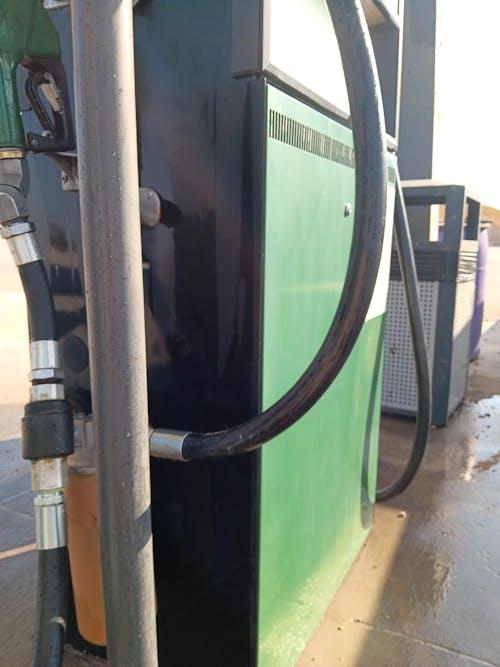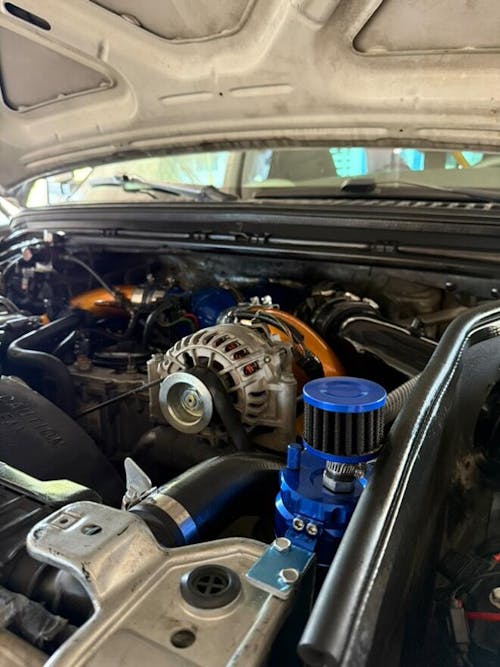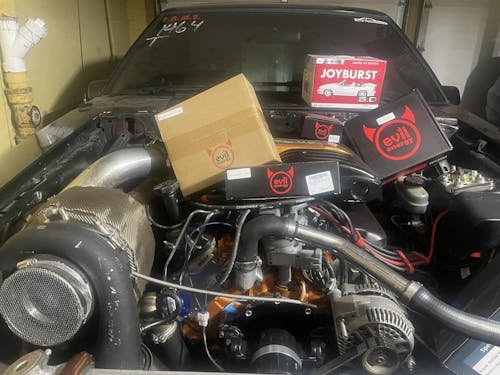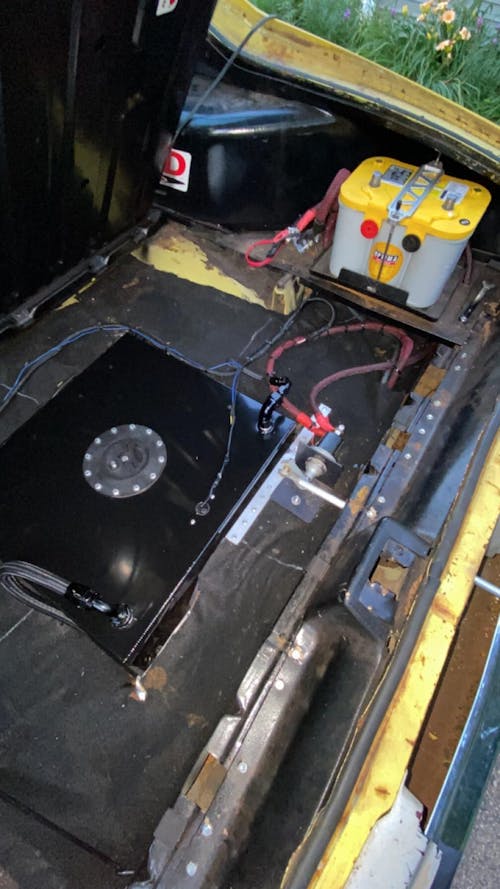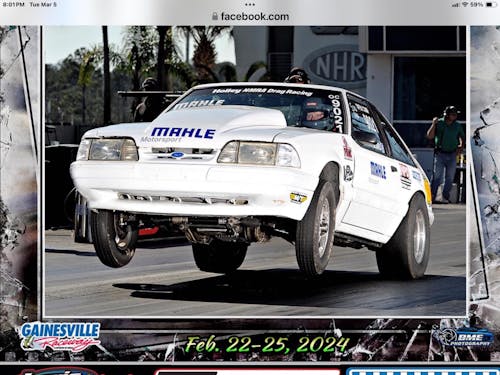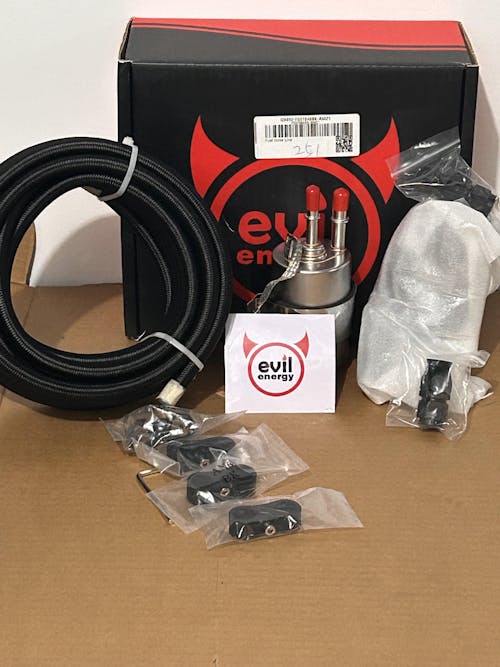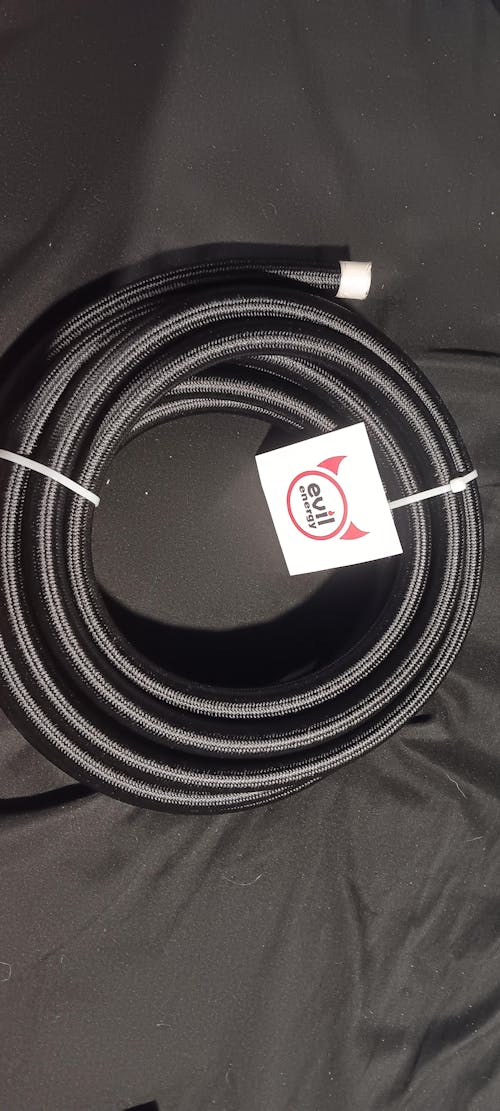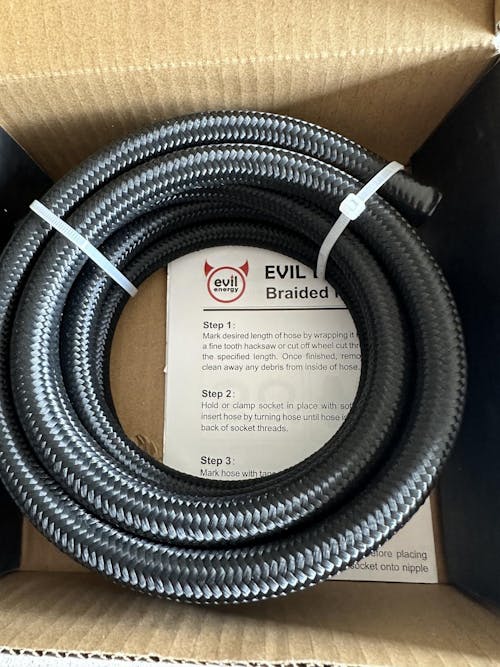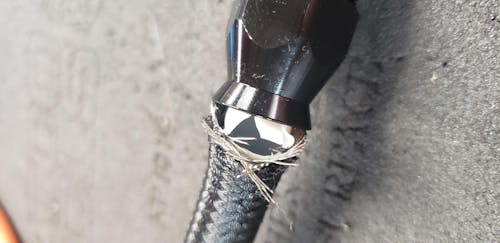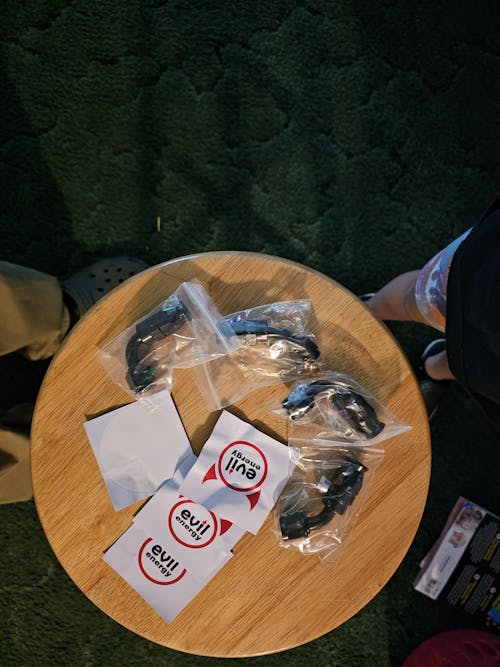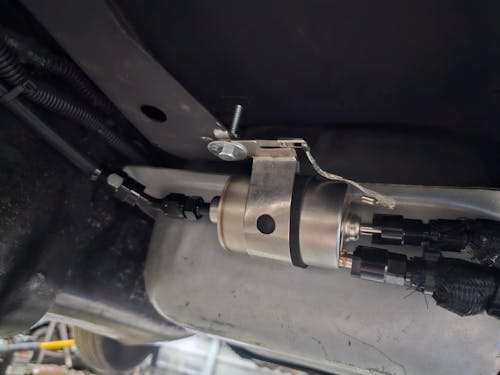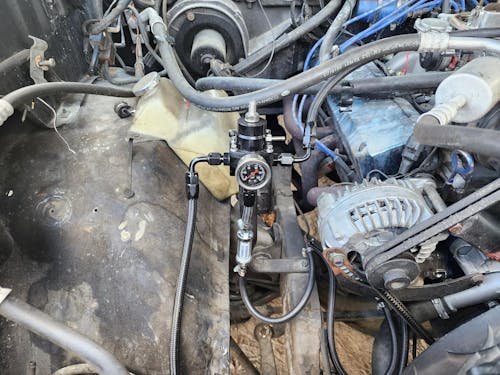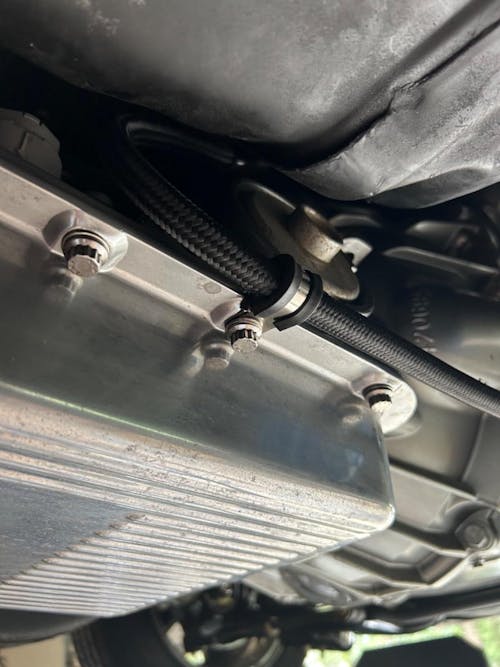PROTECT YOUR ENGINE AND ENHANCE PERFORMANCE WITH A CATCH CAN AND MUFFLER
Every car admirer knows how exciting it is when your engine is being maintained properly. It purrs, responds, and delivers the power just when you need it. However, just like any high-performance machine, the engine of your car also needs constant maintenance to remain fit and efficient. This is the time when two commonly overlooked components come into mind which are the catch can and the muffler.
Process of a Blow-By in an Internal Combustion
Engine
A blow-by takes place in an inner combustion engine when gases produced during the process of combustion manner bypass through the piston rings and enter into the crankcase. The problem arises due to the high pressure and heat generated inside the combustion chamber which allows some gases to skip the piston rings. Blow-by gas usually contains unburned fuel and contaminants and if it is not addressed then the blow-by can reduce engine efficiency and increase oil contamination. However, here evil energy catch cans play a critical position in this case using intercepting and capturing dangerous gases before they can damage the engine as well as on the opposite aspect evil energy mufflers also help to optimize exhaust flow, reduce backpressure, and minimize blow-by effects by resulting in smoother engine operation and improved performance.
What Is The Purpose Of An Oil Catch Can?
An oil catch can (OCC) is used for plenty of purposes that help your engine run more efficiently. The first and most important cause of having an oil catch can is that it protects engine components from contaminants through capturing oil droplets or mist from the air passing through the breather and intake system of your engine. This not only lowers emissions but also guarantees that your vehicle complies with regulations. Oil build-up in the intake system without an OCC may end up in clogging, poor performance, and increased emissions. A good OCC such as the Evil Energy Catch Can guarantee clean air is recirculated into the engine and help in optimal combustion and general engine health by keeping oil mist from reaching the positive crankcase ventilation valves.
Signs And Symptoms Of A Catch
Can Failure
-
The excess oil can clog the exhaust gas recirculation (EGR) system.
A failed catch can cause higher emissions by making the vehicle inconsistent with standards. -
The engine may lose power and efficiency.
-
Engine misfires can be caused by contamination.
-
Failure may not be obvious right away but it can cause some long-term problems.
Preventative Maintenance Tips
-
Empty the catch can with any excess oil during regular service intervals.
If your catch can fail, then it is time to immediately seek advice and solutions from a specialist.
Working Process of A Muffler

A muffler is a part of your vehicle's exhaust system that is located at the rear bottom and plays an important role in reducing engine noise and emissions. Mufflers are made of steel with an aluminum coating for heat and chemical protection. They eliminate the loud sounds produced by engine pistons and valves. When the exhaust valve opens high pressure gases enter the exhaust system causing intense sound waves. Mufflers use a process known as harmful interference to cancel out these sound waves inside of a punctured muffler tube that causes sound waves to bounce off the walls canceling each other out. The specific length of the resonator chamber makes sure that high-pressure and low-pressure sound waves connect and neutralize. The walls and holes of the muffler absorb and cancel these pressure waves which ends in a quieter engine operation. The Evil Energy Muffler exemplifies this design that reduces noise and improves vehicle performance.
Common Problems with Mufflers
-
Rust
-
Water collects within the exhaust system.
-
The system does not become hot enough to burn off the water which will result in condensation and rust.
High levels of rain, snow, or salt exposure (e.g., near a beach) can hasten rusting.
-
Holes/Loose Parts
-
When a car collides with a pothole or a rock, it may leave holes or loose pieces.
-
Damage can cause cracks in the muffler.
-
You may need to replace the exhaust pipe and muffler if they are damaged.
Signs of Muffler Problems
-
Louder Than Usual
-
The running engine will make a lot more noise.
-
A louder and whining sound can occur even when idling.
-
An alert professional inspection is recommended to avoid damage to other components.
-
Lower Fuel Efficiency
-
Properly tuned engines and exhaust systems increase fuel efficiency.
-
Increased refueling frequency suggests a problem with the exhaust system or muffler.
-
Condensation in the exhaust pipes.
-
Condensation can lead to rust.
-
Excessive condensation leaks from the exhaust pipe, particularly during warm weather which indicates muffler wear.
-
Bad Smells
-
Leaks in the muffler can allow exhaust fumes to enter the vehicle.
-
Odd smells suggest possible leaks which need to be addressed right away to prevent health risks.
Bottom Line
This is all about the catch can and muffler. Now, you have a good understanding of their roles in engine protection and performance. Installing these components can help you avoid damage, increase efficiency, and keep your vehicle running smoothly.


![EVIL ENERGY 4/6/8/10AN PTFE Fuel Line Kit | E85 Nylon Braided Hose | 16/20FT Black Black with Comprehensive Fittings [20FT]](http://www.ievilenergy.com/cdn/shop/files/Test-2025-Evilenergy-125598065_165x.png?v=1739239236)
![ptfe hose fitting kit [16FT]](http://www.ievilenergy.com/cdn/shop/files/Test-2025-Evilenergy-125598171_165x.png?v=1739239236)
![CPE Fuel Line[25FT]](http://www.ievilenergy.com/cdn/shop/files/25FTCPE_FuelLine_165x.png?v=1735220649)
![CPE Fuel Line[20FT]](http://www.ievilenergy.com/cdn/shop/files/20FTCPE_FuelLine_165x.png?v=1735220649)



